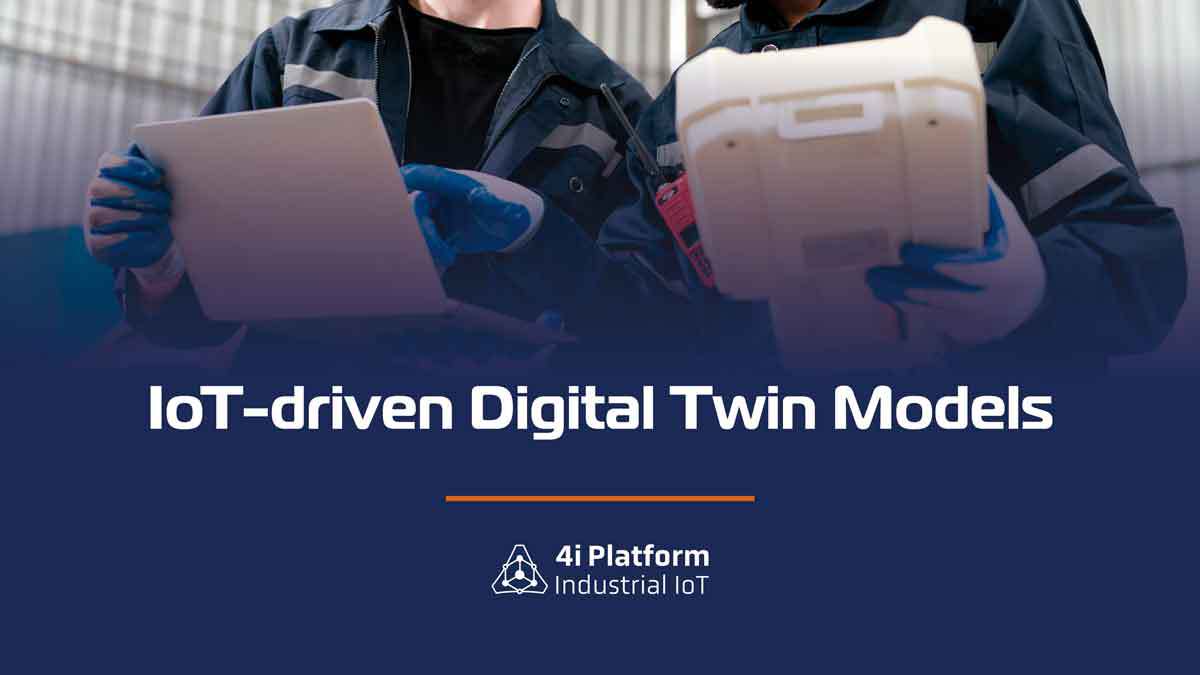Combining machine learning and IoT is leading to a steady rise in the use of digital twins in supply chains. These digital twin models have different applications. Sensor-generated real-time data establishes the connection between the virtual and the physical model.
Data lakes, IoT, and machine learning are the raw materials. The insight is in the repository. This is where we model processes. This could be a database, a data lake, or a digital twin.
The digital twin allows comparison of historical and current data regarding performance wherever a sensor is found. In addition, it could be a component, such as a thermostat, or an asset, such as a machine, or a manufacturing process.
The supply chain digital twin model can include items that are stored in containers and delivered to distributors or customers. A model can get data from the creation of the product. Then, it can relay that information to a customer model at another end.
As there is a better understanding of this technology and deployment gets easier, it will reach more complex areas than supply chains and manufacturing.
The inclusive digital twin is perfect for supply chains that are complex and multi-modelled. It can provide a view of all the supply chain links, from the supplier to the customer. Seemingly, machine learning tools can be used to perform simulations, optimizations, and predictive capabilities on the models by having a clear understanding of the history and status of assets and processes.
Standards, common taxonomies, and tools for commercial development are essential to realize this enormous opportunity. The supply community is responding to this opportunity. And many practitioners from PLM (Product Lifecycle Management), IoT and analytics/data science market are starting to focus on resolving some of these foundational standards.
Are Supply-Chain Digital Twins Here to Stay?
This software helps simulates and model supply chains allowing companies to make verifiable digital twins. Real-time data can be fed into models using data mining techniques and inputs from IoT sensors. The models can monitor their surroundings and help plan remedial actions.
Gartner’s July 2018 study on IoT implementation stated that 13% of companies involved in IoT projects used digital twins models. 62% of those companies were working towards their implementation.
Virtual stress testing became possible because of the advancements in CAD technology. It is now possible to create realistic digital models of real equipment such as aircraft, autonomous cars, drilling equipment. Real data, such as static and dynamic loads during takeoff, can measure performance.
This allows them to “simulate the real world” and bridge the digital and physical environments.
Digital Replica Will Protect a Wind Turbine from North Sea Winds
Ansys, a global provider of engineering simulation software, and GE engineers have partnered to create a digital twin for a North Sea wind turbine. The goal is to minimize downtime and maximize output by detecting problems before they cause an unplanned outage. Now, according to GE News, predictive maintenance does not rely on machines’ physical sensors, but virtual sensors are placed wherever physical sensors can’t be used.
A virtual sensor can predict with fair accuracy a value like temperature or pressure by using data from sensors and smart algorithms that are based on historical data.
For instance, GE engineers have created a digital twin from the Haliade 150-6 wind turbine’s yaw motors.
This allows the turbine to turn and position itself in the wind. This digital twin uses virtual sensors to simulate the temperature in different parts of the motors.
Engineers can now calculate the motor temperature using algorithms developed on Predix, GE’s industrial internet platform, and a modeling approach by Ansys. Additionally, they can monitor the motors’ performance under different strains over time.
Engineers can monitor the temperature of the motor using an app connected to the twin.
For simulation, thanks to digital twin models, we only need to understand the current to optimize the use of motors and understand temperature. GE says it has 1.2 million digital twins of gas turbines, jet engines and locomotives.





